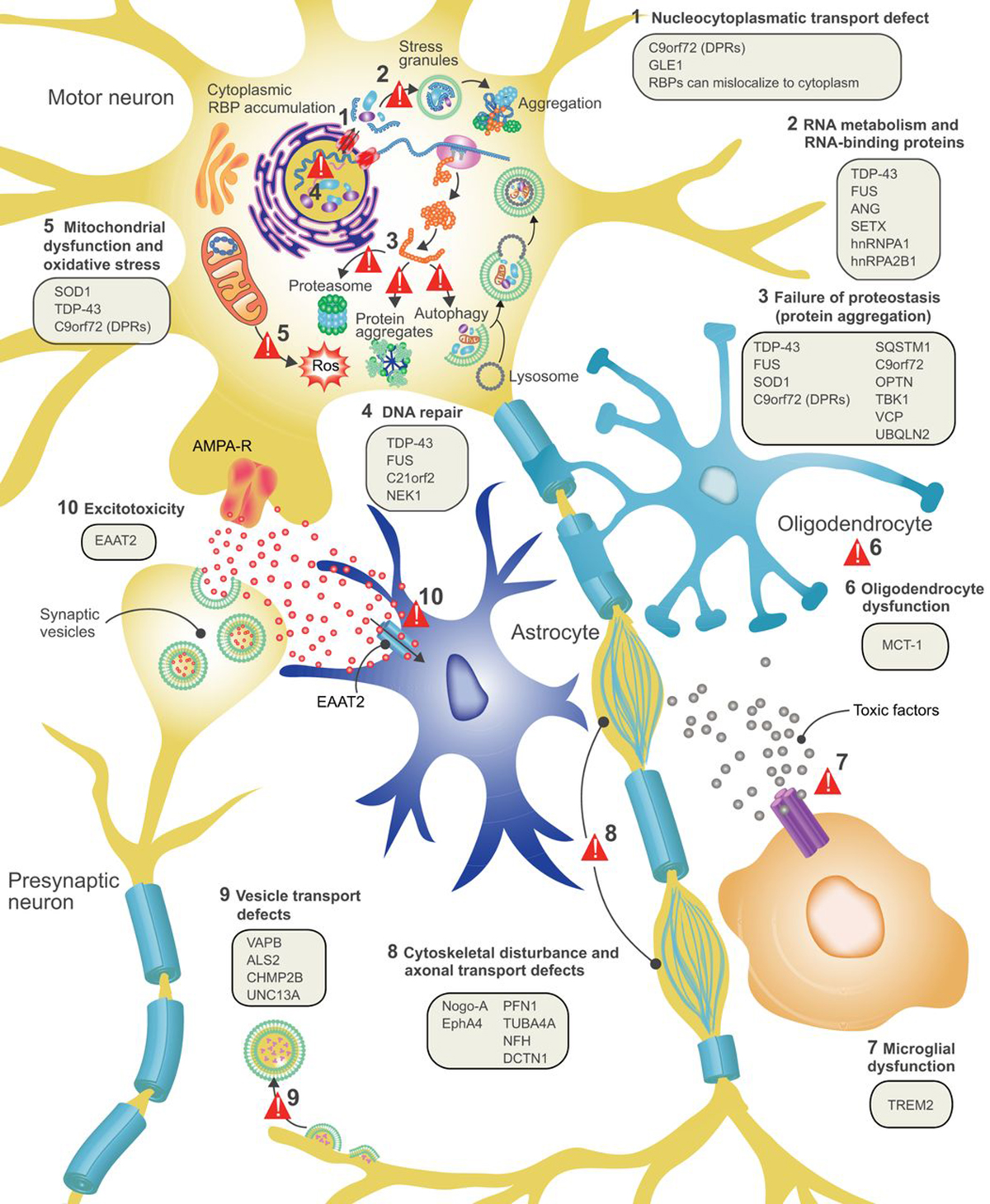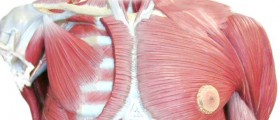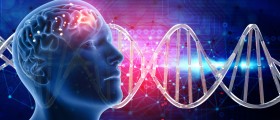
Amyotropic lateral sclerosis or ALS is degenerative neurological condition. It is also known as Lou Gehrig’s disease, Charkot’s sclerosis or Charkot’s disease. The disease affects motor neurons of the body and causes their degeneration, affecting all voluntary muscles in the human body. Becauseof that, patients suffering from ALS experience gradual weakening and atrophy of all muscles present in the body. After the diagnosis, patients usually have 2 to 5 years left and the condition always ends fatally. Some patients succeed to live longer than that.
This is rare genetic disorder, but only in the United States, there are about 20.000 people suffering from ALS. Every year, there are another 5.000 newly diagnosed cases of ALS as well. Probably the most famous ALS patients are Lou Gehrig, famous baseball player and physicist Steven Hawking.
ALS patients experience muscle spasms, balance problems, spasticity of the muscles, pathological reflexes and increased deep reflexes. Other common symptoms and signs include: fibrillations, muscle atrophy, hanging foot, speech and swallowing disorders, as well as some involuntary cry or laughter and respiratory disorders. Many of ALS patients suffer from depression.
Diagnosis ofALS
People suffering from ALS don’t have some unique and recognizable symptoms, making the diagnosis of this disease very difficult. There are several tests, used by doctors in order to diagnose this neurological condition. Electromyogram or EMG has proved to be useful for this purpose, as well as nerve conduction velocity (NCV) and spinal tap tests. X-rays and MRI scans may also provide valuable information to doctors, checking the spinal cord for abnormalities present in ALS. Blood and urine tests may discover presence of certain abnormal substances and muscle and brain biopsies can be used to test the tissue in the laboratory.
Early diagnosis may help both doctors and patients to choose the best from available treatment options for any particular patient suffering from ALS.
ALS TreatmentOption
There is no cure for ALS, but some measures may improve the quality of life in patients suffering from this disease.
Fetal stem cells are found out to help many ALS patients with weakness, mood and appetite, as well as with spasticity of the muscles and fasciculations. Stem cell transplantation may improve the movements, swallowing, articulation and pronunciation of the words. Clinical effects usually last for several months after the transplantation. This method doesn’t affect the cause of ALS, because scientists haven’t been able to identify it yet. Transplantation of fetal stem cells is only able to slow the progression of ALS and improve the quality of life in these patients.
















Your thoughts on this
Loading...